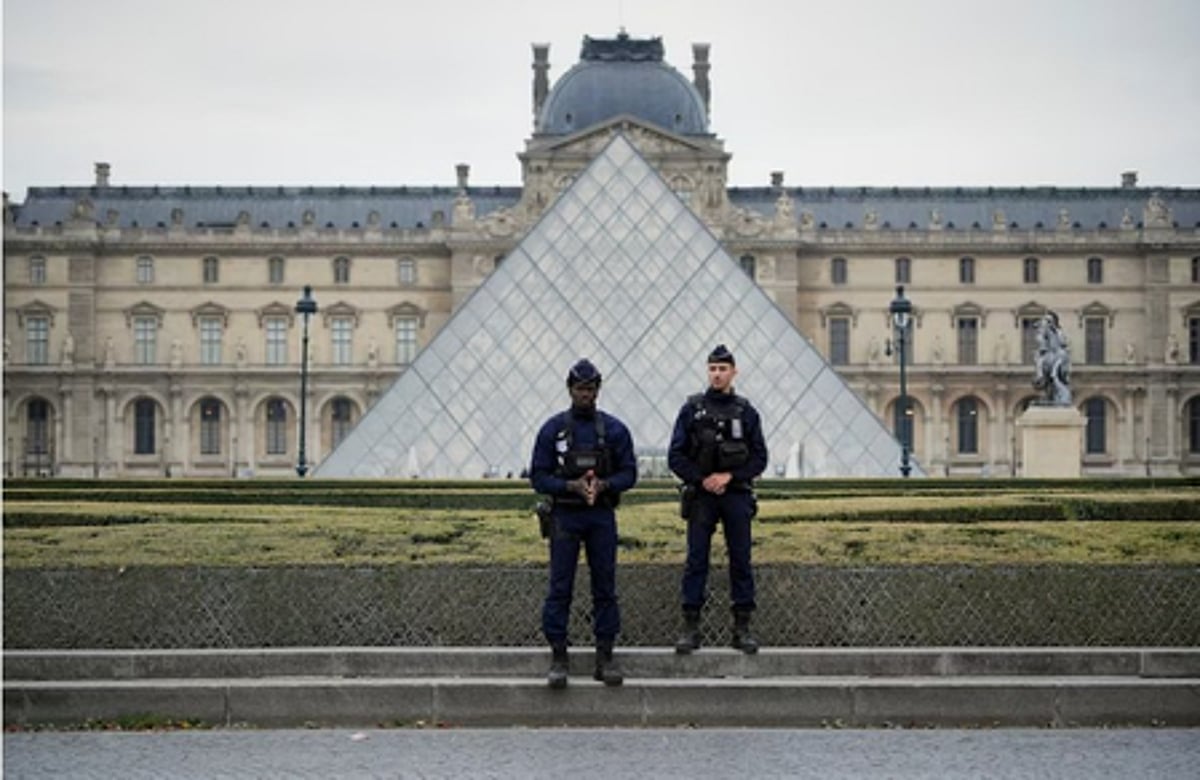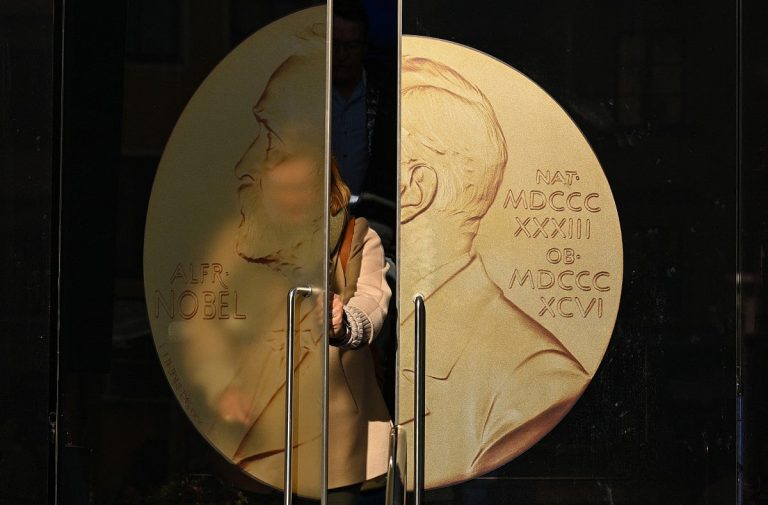Woman Charged in Louvre Museum Jewel Theft
A 38-year-old woman has been charged in connection with a significant jewel theft at the Louvre Museum. This incident, which occurred on Saturday, has drawn considerable attention due to its audacity and the high-profile nature of the location.
The suspect, who resides in La Courneuve, a suburb of Paris, was arrested alongside four others. She faces charges of complicity in organized theft and criminal conspiracy. A magistrate is currently reviewing her case to determine whether she will be detained further.
Details of the Heist
The robbery at the Louvre was executed in a remarkably short time frame, taking the thieves only seven minutes to complete their operation. This swift action has raised questions about security measures at one of the world’s most famous museums.
Security Measures
In response to the heist, French authorities are considering implementing additional security measures, including anti-ramming barriers, to enhance the safety of the museum and its valuable collections.
FAQs
What charges does the suspect face?
The woman is charged with complicity in organized theft and criminal conspiracy related to the Louvre heist.
How long did the robbery take?
The robbers managed to steal the jewels in just seven minutes, highlighting the efficiency of their operation.
What security changes are being considered?
Authorities are looking into installing anti-ramming barriers to improve security at the Louvre following the theft.
Conclusion
The arrest of the 38-year-old woman marks a significant development in the investigation of the Louvre jewel heist. As the case unfolds, further legal proceedings will determine her fate and whether additional security measures will be implemented to protect the museum’s treasures.
The Louvre Museum, renowned for housing some of the world’s most famous artworks and artifacts, has long been a target for thieves due to its immense value and historical significance. The museum attracts millions of visitors each year, making it not only a cultural landmark but also a potential hotspot for criminal activity. The recent jewel theft has raised concerns among museum officials and the public regarding the adequacy of existing security protocols, prompting discussions about how to better safeguard priceless items.
In the wake of the theft, experts in museum security have emphasized the importance of a multi-layered approach to protection. This includes not only physical barriers but also advanced surveillance systems, trained security personnel, and emergency response plans. The Louvre, which has previously implemented various security measures, may need to reassess its strategies to address vulnerabilities that were exploited during the heist. The incident serves as a reminder of the ongoing challenges faced by cultural institutions in balancing public access with the need for stringent security.
The involvement of multiple suspects in the theft suggests a level of planning and coordination that may indicate a larger network of criminal activity. Authorities are likely to investigate the backgrounds of the arrested individuals to uncover any connections to organized crime. This could lead to further arrests and a deeper understanding of how such heists are orchestrated. The legal proceedings against the 38-year-old woman and her accomplices will not only focus on their individual roles in the theft but may also shed light on broader criminal trends affecting museums and galleries worldwide.
As the investigation continues, the Louvre Museum remains committed to preserving its reputation as a leading cultural institution. The outcome of this case may influence future policies regarding security and theft prevention in museums globally. Additionally, the incident could spark a renewed interest in the importance of art and cultural heritage protection, prompting museums to collaborate on best practices and share information about potential threats. The art community is closely watching how the Louvre responds to this challenge, as it may set a precedent for other institutions facing similar risks.
Also Read:
Challenges of AI in Legal Work: Accuracy and Privacy Risks







